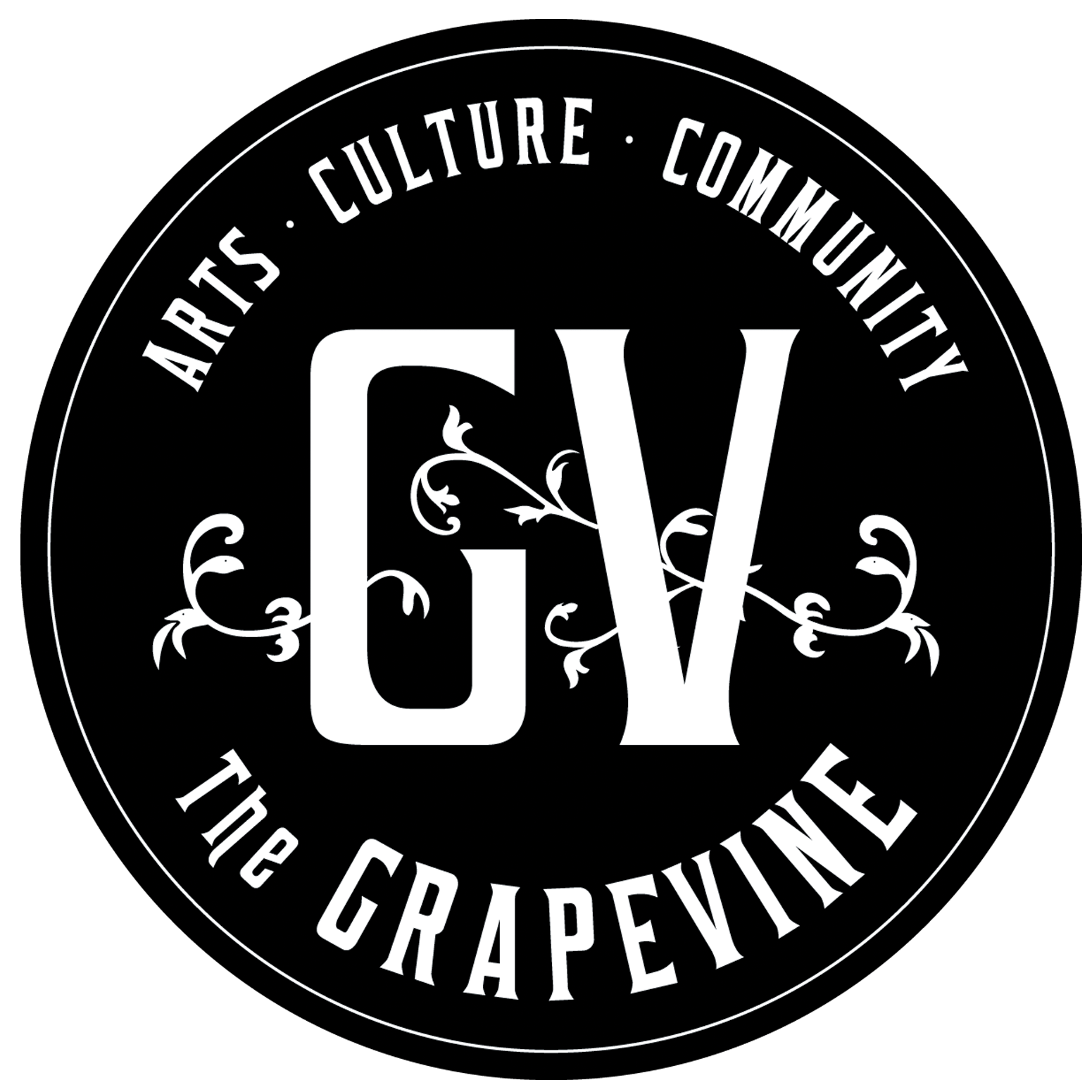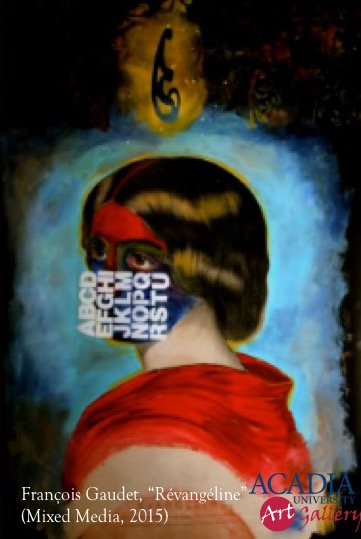Read Time:2 Minute, 10 Second
Opening the Vaults: Acadia University Art Gallery: Evangeline: History and Re-Imagining in Art
By Alexandra Pulchny, Acadia University Art Gallery Collections and Outreach Assistant
The history of the Acadian people in Nova Scotia has been integral to Nova Scotia’s culture and heritage since the 17th century. Grand-Pré, just 5.8km from the Acadia University campus, is a central place for Acadian identity. While the history of the site is what sparks most interest, there is also a significant figure who brings many people to Grand-Pré and has encouraged interest in Acadian culture: Evangeline. The heroine however, is a literary creation.
Henry Wadsworth Longfellow’s poem “Evangeline: A Tale of Acadie†became world famous after its 1847 publication, and continues to draw many people to Nova Scotia today. Longfellow’s work follows the story of Evangeline; a young woman who is engaged to her beloved Gabriel Lajeunesse when the Grand Deportation of the Acadians takes place and the couple is separated. Longfellow is said to have been inspired by a story of an Acadian couple who had been separated on their wedding day, which was told to him by a friend at a dinner party. Seven years later, never having visited the area himself, Longfellow published his version of the story rooted in the pastoral landscape of Grand Pre. Not only does the story of Evangeline spark the interest of readers, it has also caught the attention of many artists.
In one work in the collection of the Acadia University Art Gallery, “Révangéline,†Acadian artist François Gaudet offers his own interpretation of Evangeline, and addresses many of the underlying issues within the poem and identity formation. The large-scale mixed media work explores issues of displacement, disorganization, transgression and hybridization, with the aim of articulating what is constituted as “homeland.†As Gaudet noted: “Révangéline finally dares to appropriate words and letters, from her aboriginal mask. Clock time is stopped, and gives way to the time of myth.â€
Gaudet earned a bachelor’s degree in Fine Arts at the Emily Carr Institute of Art and Design, with concentrations in photography and painting. He has exhibited his work in Canada and abroad, including the Exposition/Rétrospective des Arts Visuels en Acadie, held during the first Acadian World Congress. Much of his work explores his Acadian experience through digital and mixed media work.
To learn more about the Acadia University Art Gallery and its collection check out our blog: acadiauniversityartgallery.
Acadia University Art Gallery
Beveridge Arts Centre, Acadia University
Wolfville

